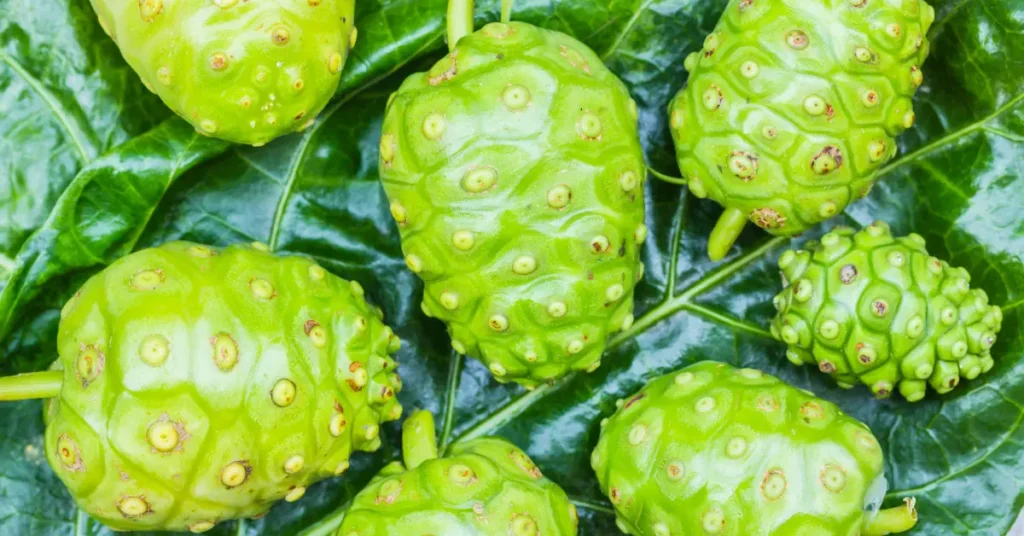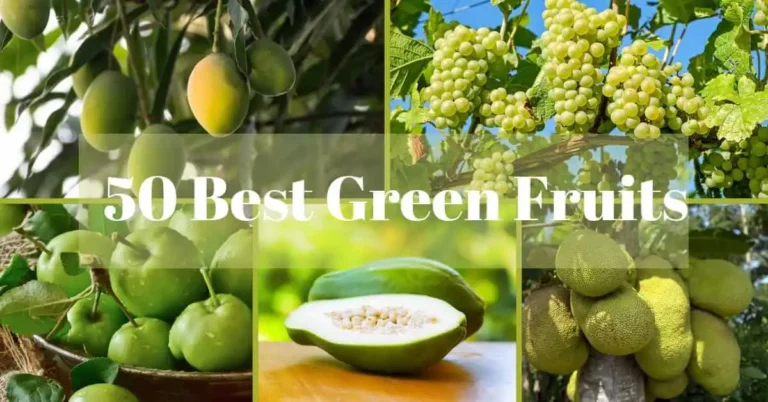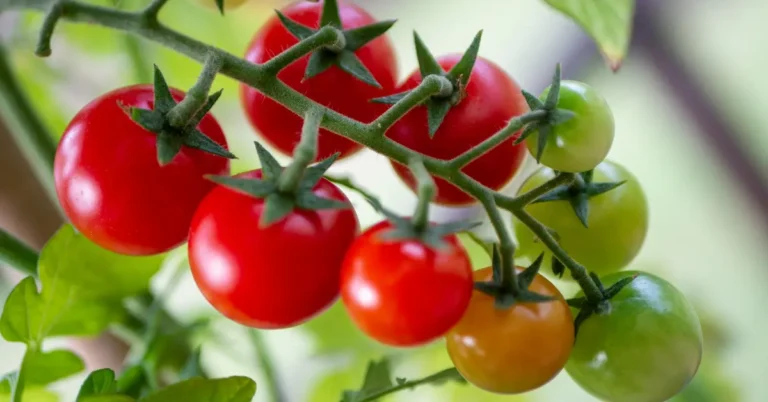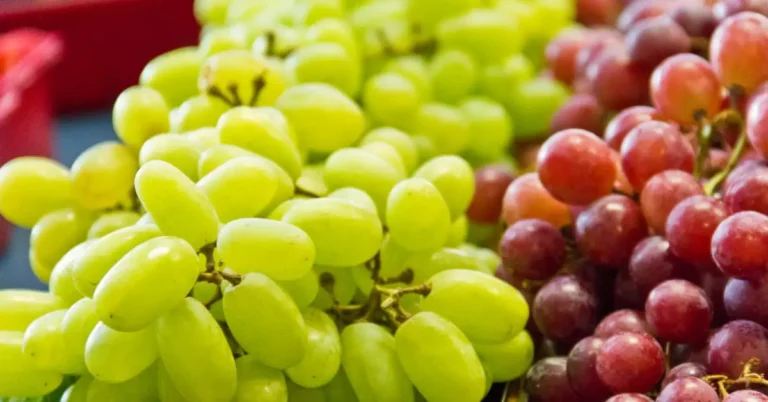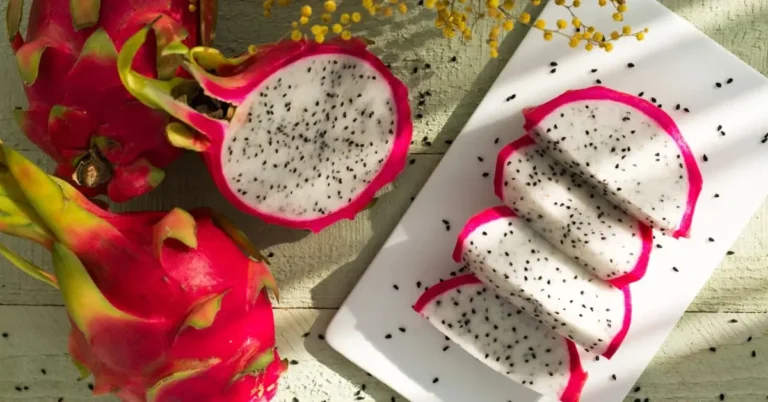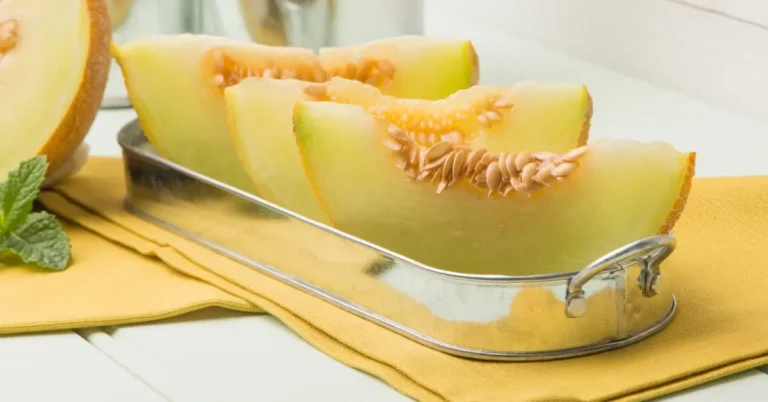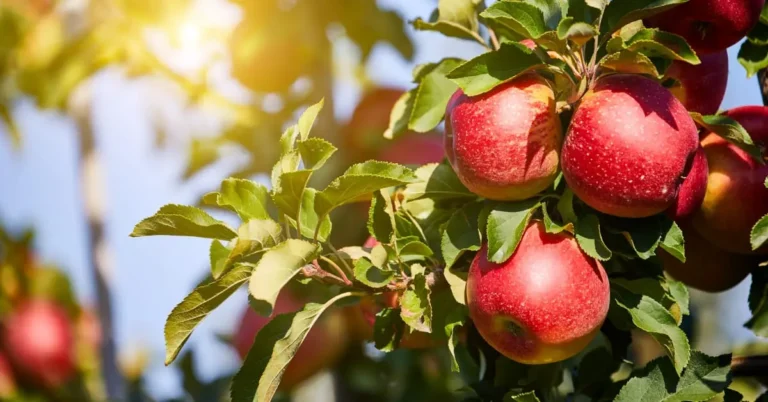List Of Fruits That Start With N
Fruits are a delicious and nutritious addition to any diet. They come in all shapes, sizes, and colors, each with unique taste, texture, and health benefits. There is a wide variety of fruits, from the popular apples and bananas to the exotic mangosteen and dragon fruit. However, have you ever wondered about fruits that start with N? There are 11 fruits that start with N, their origins, health benefits, and ways to enjoy them.
11 Fruits That Start With N
Fruits are packed with essential vitamins, minerals, and fiber, making them an excellent addition to any diet. They provide a burst of flavor and help maintain a healthy lifestyle. Let’s look at some of the most popular fruits that start with N.
1. Nectarine
Nectarines cross between a peach and a plum, with smooth, slightly fuzzy skin-like peaches. They are an excellent source of vitamin C, potassium, and fiber. They also contain beta-carotene, converted to vitamin A in the body. This fruit has been found to have anti-inflammatory properties, making it beneficial for both skin and gut health. Nectarines can be enjoyed as a quick snack, added to salads or desserts, or made into a delicious jam.
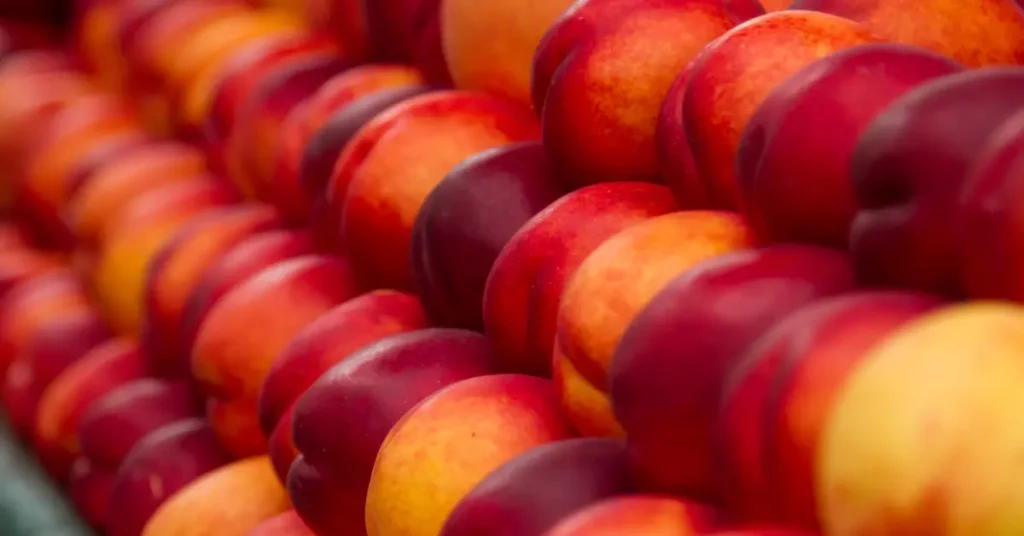
2. Naseberry
Native to the Caribbean, naseberries are small, round fruits with brown-grayish skin and sweet, juicy flesh. They are rich in vitamins A, C, and E and minerals like potassium and iron. Naseberries have been traditionally used for treating constipation, sore throat, and cough. They can be eaten fresh or added to smoothies, juices, and baked goods.
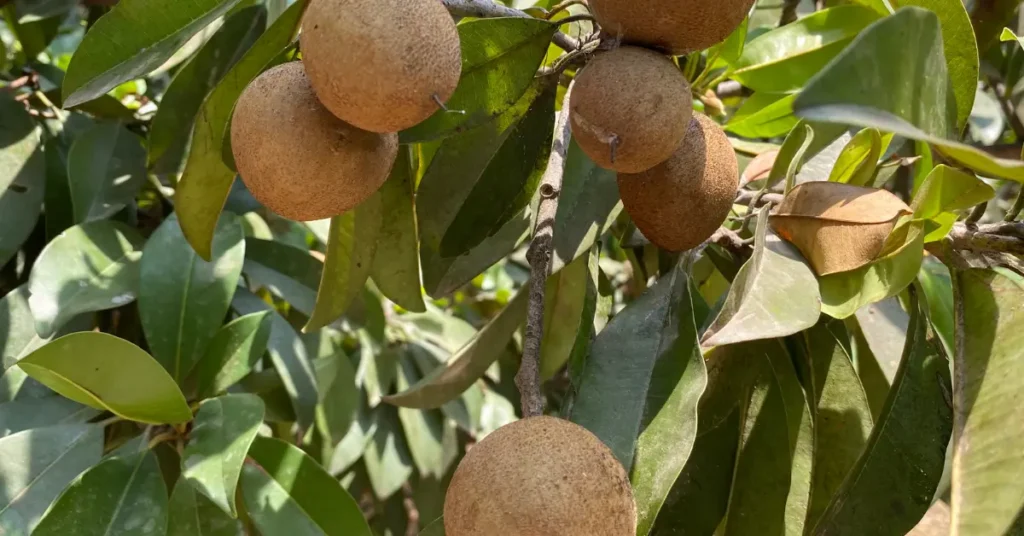
3. Native Plum
As the name suggests, the native plum is native to Australia and has been a part of the indigenous people’s diet for thousands of years. This small, round fruit has a deep purple skin and golden flesh. It is highly nutritious containing high levels of antioxidants, calcium, iron, and potassium. Native plums are believed to have anti-aging properties and are used in skincare products. They can be eaten raw or made into jams, sauces, and juices.
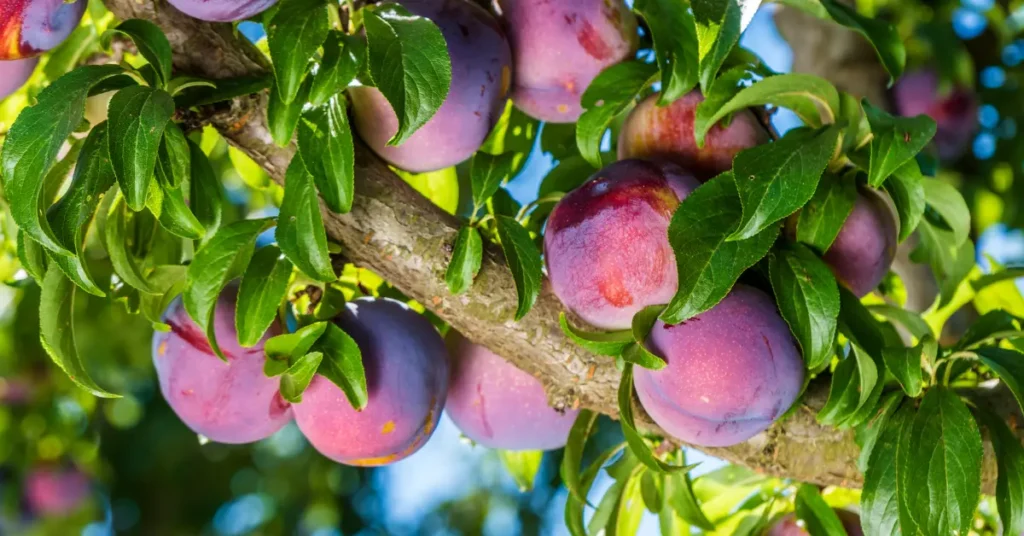
4. Nashi Pear
Also known as the Asian pear, nashi pear is a crunchy, juicy fruit native to East Asia. It has a round shape, yellow-green skin, and a unique texture, a cross between an apple and a pear. Nashi pears are rich in vitamin C, potassium, and fiber sources. They are believed to have anti-inflammatory and anti-aging properties, making them a popular ingredient in skincare products. Nashi pears can be eaten fresh, added to salads, or used as a topping for pizzas and tarts.
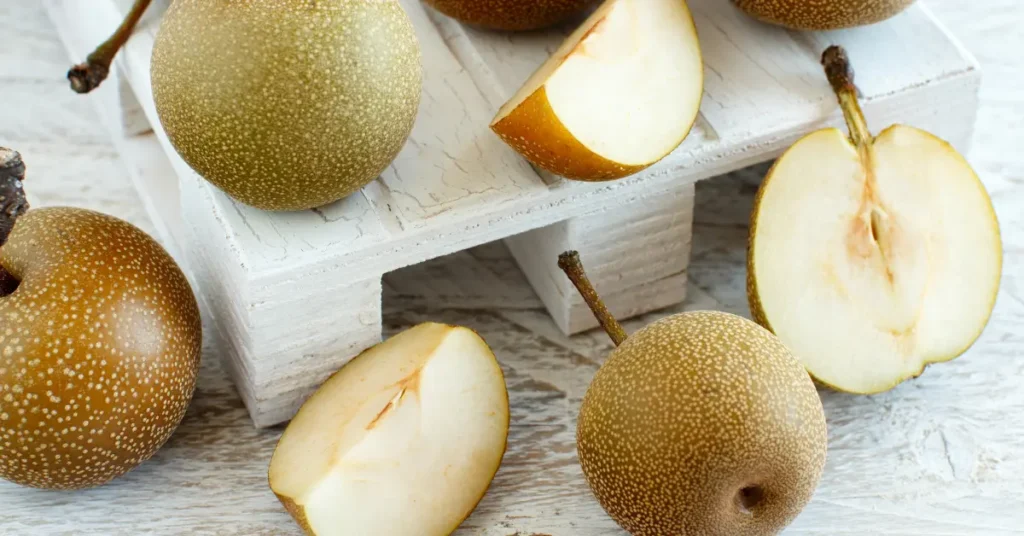
5. Naartjie
Naartjie, or clementine or tangerine, is a small, sweet citrus fruit with a reddish-orange color. It is packed with vitamin C, antioxidants, and fiber, making it a great immune booster. Naartjies are believed to have anti-inflammatory properties and can help improve skin health. They can be eaten raw, squeezed for juice, or added to salads and desserts.
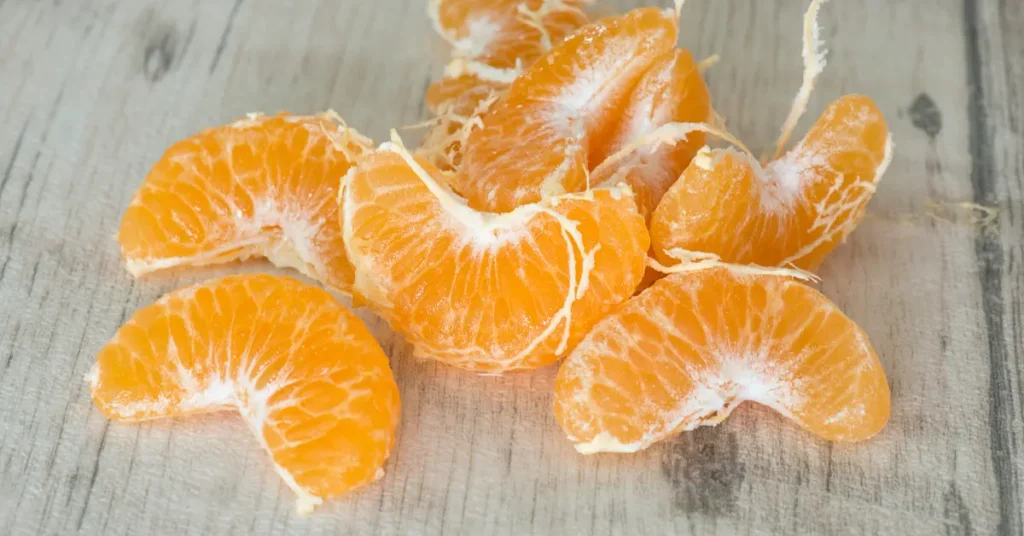
6. Naranjilla
Naranjilla, or lulo, is a tropical fruit grown in South America. It has a shape similar to a tomato, with a bright orange skin and a tangy, citrusy flavor. Naranjillas are a rich source of vitamins A and C and antioxidants. They are believed to have anti-inflammatory properties and can help lower cholesterol levels. Naranjillas can be eaten as a refreshing snack, made into juice, or used in cocktails.
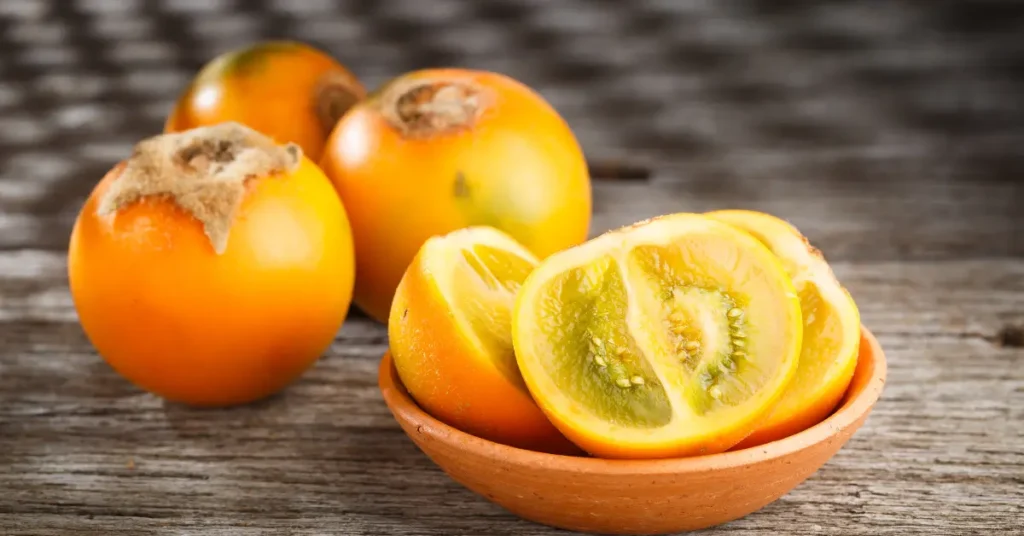
7. Naval Orange
Naval orange, also known as the winter orange, is a sweet, juicy citrus fruit with a thick, easy-to-peel skin. It is an excellent source of vitamin C, folate, and antioxidants. Naval oranges are believed to have anti-inflammatory properties and can help improve digestion. They can be eaten fresh, squeezed for juice, or used in desserts and salads.
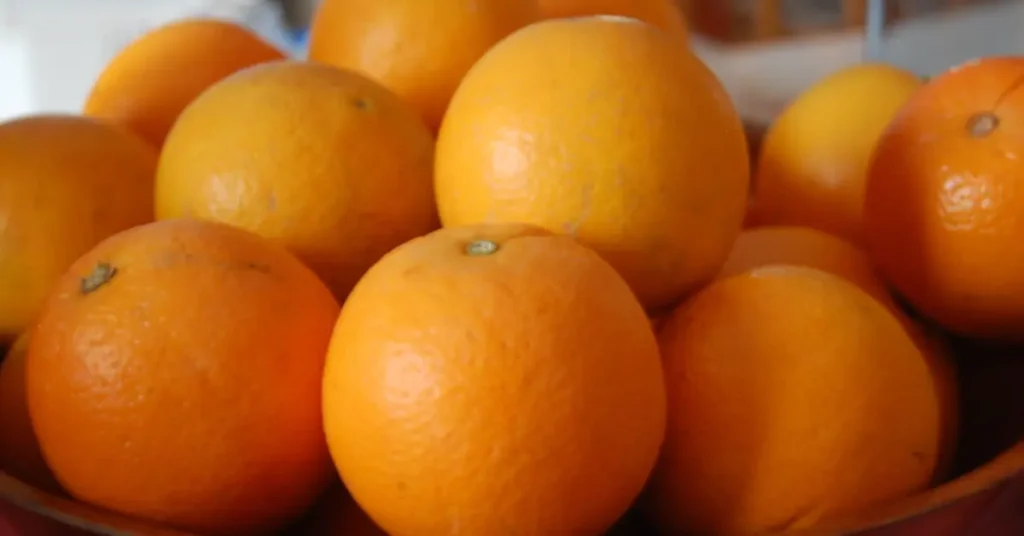
8. Nance
Nance is a small, round fruit native to Central and South America. It has a bright yellow skin and a soft, juicy flesh with a sweet and sour taste. Nance is rich in vitamin C, antioxidants, and fiber, making it a great immune booster. It is also believed to have anti-inflammatory properties and can help improve digestion. Nance can be eaten fresh, turned into jams and jellies, or used as a topping for cakes and ice cream.
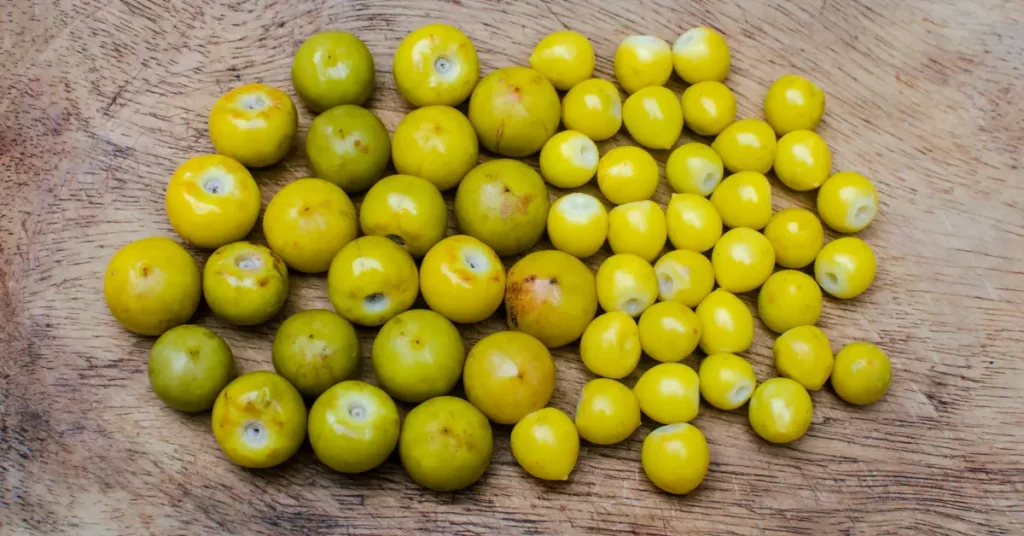
9. Nerale Hannu
Nerale Hannu, also known as kokum, is a small, round fruit native to India. It has a distinct dark purple skin and a tart, tangy flavor. Nerale Hannu is rich in antioxidants, anti-inflammatory compounds, and minerals like potassium and magnesium. It is traditionally used for treating digestive issues like constipation and acidity. Nerale Hannu can be eaten raw, made into drinks and chutneys, or used in curries and pickles.
10. Nutmeg
Nutmeg is a warm, nutty spice commonly used in desserts, drinks, and savory dishes. It is rich in antioxidants and essential oils that give it anti-inflammatory and antimicrobial properties. Nutmeg can add flavor and depth to sweet and delicious recipes.
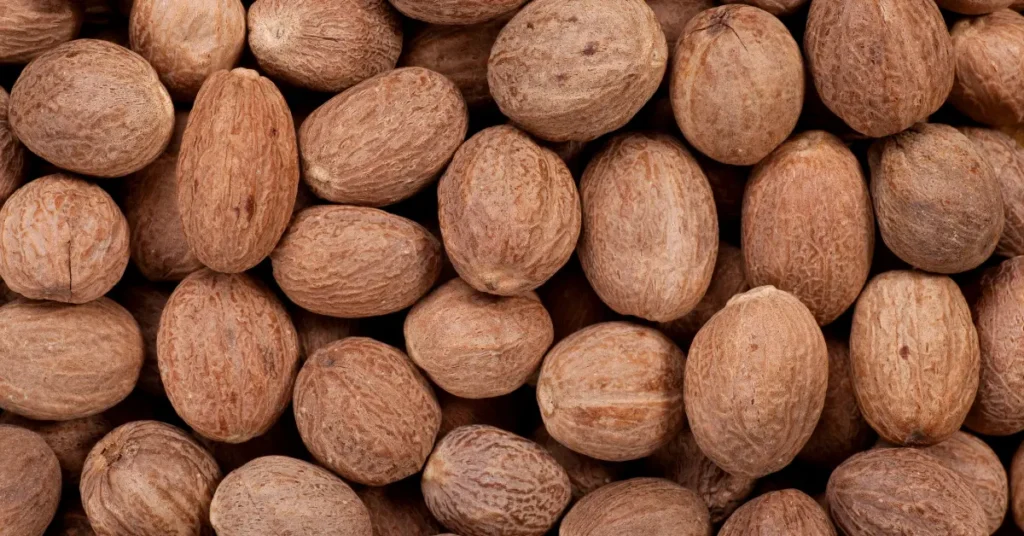
11. Noni
Noni is a fruit native to Southeast Asia and Australia. It has a strong, pungent smell and a bitter taste. Noni is known for its high antioxidant content and anti-inflammatory properties, making it a popular ingredient in traditional medicine. It can be eaten raw, and its juice is available in the market.
